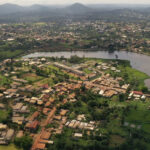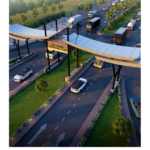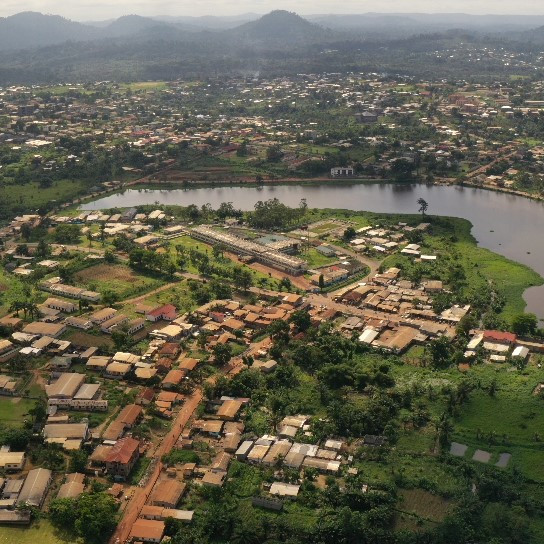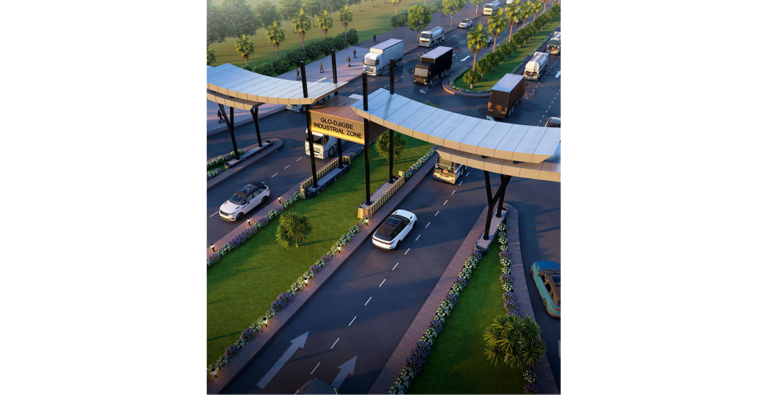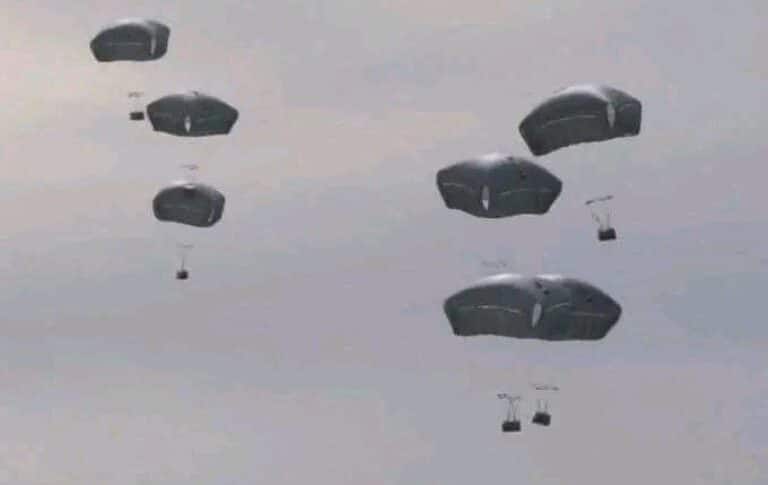
WEST KORDOFAN – Military sources confirmed that a Sudanese Armed Forces (SAF) warplane carried out an airdrop operation on Monday, October 20, 2025, targeting the headquarters of the 22nd Infantry Division in the town of Babnusa, West Kordofan State.
The operation marked the second consecutive month in which the army has successfully delivered weapons and equipment to its forces in Kordofan and Darfur, despite the ongoing siege imposed by the paramilitary Rapid Support Forces (RSF).
According to the same sources, this is the third successful airdrop in recent weeks aimed at resupplying the 22nd Infantry Division, one of the army’s largest bases in the kordofan region. The deliveries, conducted through military aircraft, are part of continued efforts to stabilize army positions nearly two years after repeated RSF offensives on the garrison.
The sources added that the SAF managed to resume its air operations across Darfur and Kordofan in September and October 2025, following a five-month lull in airstrikes and supply missions between April and August. This renewed activity is seen as a key strategic shift allowing the army to reinforce isolated units conflict zones.
Over the past 24 hours, the SAF reportedly carried out additional ground operations around Babnusa, striking RSF positions and weakening several of their military posts before the latest airdrop mission. According to the sources, these strikes helped clear the perimeter for the aircraft to deliver essential supplies.
Babnusa, once a bustling transport hub, has been largely deserted since January 2024 following a series of heavy RSF attacks on the 22nd Infantry Division. The division remains the army’s main stronghold in West Kordofan and a critical defense point in the region.
Humanitarian workers say that most of Babnusa’s residents fled to nearby towns and villages, where they now rely on volunteer-run emergency rooms and community kitchens for survival.
These volunteer groups depend almost entirely on small donations from Sudanese citizens to sustain their efforts. Particularly the communal kitchens providing meals for displaced families. Reports have also emerged of infant deaths linked to malnutrition, underscoring the deepening humanitarian crisis.
Despite persistent RSF assaults, the group has failed to seize control of the SAF base in Babnusa. After nearly two years of fighting, clashes around the city have become less intense compared to the early months of the conflict, as both side face exhaustion and logistical strain.
Earlier this year, the army’s momentum in West Kordofan briefly improved before stalling in May 2025, following internal disputed within the Port Sudan- based government over power-sharing between the Transitional Sovereignty Council and armed movements.
That same month, SAF and allied forces suffered a series of territorial losses, including the towns of An-Nahud, Al-Khowei, Al-Dibaybat, and Al-Hammadi, which fell successively to RSF control.
However, military analysts argue that the SAF’s approach has evolved. Drawing lessons from battles in Al-Gazira, Khartoum, and Sennar, SAF has increasingly relied on attrition tactics, dragging RSF fighters into remote areas and cutting off their supply routes to drain their supply routes to drain their strength over time.
While the ongoing siege of Babnusa underscores the RSF’s determination to dominate West Kordofan, the SAF’s renewed air operations signal a continued ability to sustain its forces and contest control of strategic stronghold across Sudan’s Western regions.



